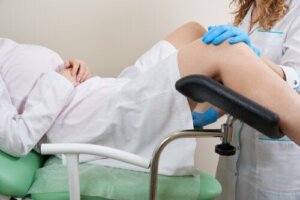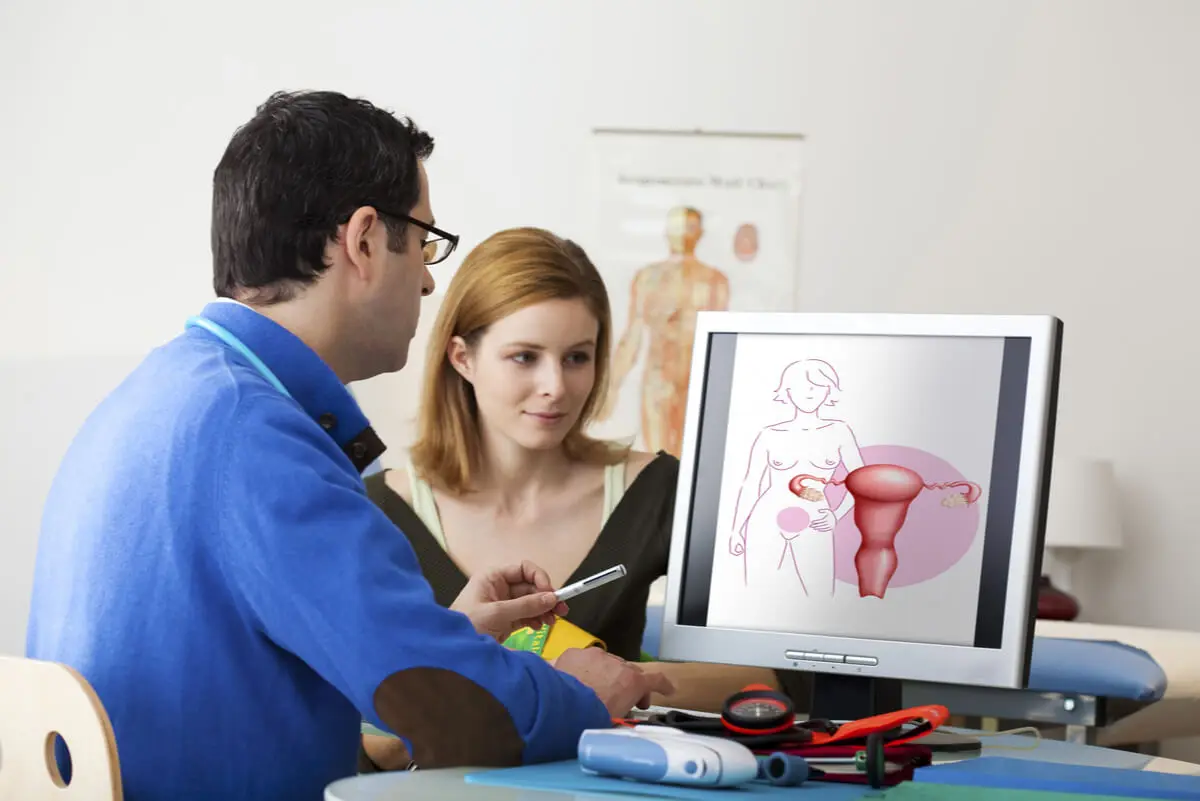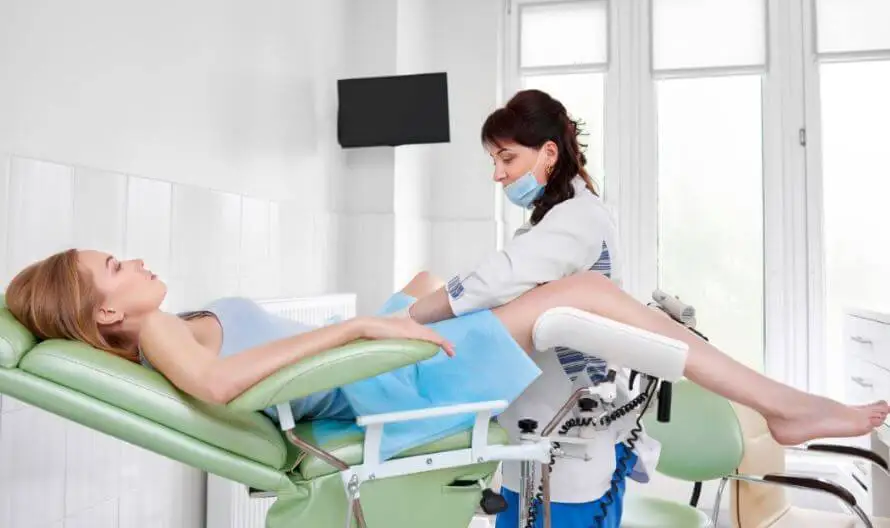Perineal Massage: What It Is and How to Perform It


Reviewed and approved by the nurse Leidy Mora Molina
A perineal massage is a natural technique used to protect the perineum from trauma during childbirth. The perineum is the last obstacle that the baby’s head must overcome before leaving the mother’s body.
Tears or other trauma to the perineum often occur during childbirth. This has consequences of varying severity for the mother, depending on the characteristics of the injury. Perineal massage is one way to prevent this from happening.
There is evidence that perineal massage is an effective technique for preventing episiotomies or tears during labor. It isn’t difficult to perform and, in turn, brings many benefits. Do you want to learn how to apply the technique correctly?
What is perineal massage?

Perineal massage is a preventive technique that consists of stimulating the tissues and skin of the perineum. The objective is to soften and stretch the skin and tissues. This increases the elasticity and blood circulation in the area and, consequently, reduces the risk of injury during childbirth.
The perineum is the floor of the pelvis, so it is also known as the pelvic floor. It is composed of a set of structures that are attached to the bones of the pelvis and form a kind of hammock. It supports the entire lower abdomen.
The perineum acts as a flexible arch that protects and supports various organs such as the bladder, uterus, and rectum. When the musculature of this area is weakened, it can cause problems such as urinary and fecal incontinence, urogenital prolapse, or a feeling of heaviness in the vagina.
What is this technique for?
Childbirth can affect the anatomical and functional integrity of the perineum. During this process, episiotomies, which are a surgical cut made in the perineum to facilitate the baby’s exit, may be needed. Also, there could be tears in the area.
Perineal massage is a technique to prevent these types of injuries. A perineum with good muscle tone and sufficient elasticity facilitates the exit of the baby’s head, with the least possible damage. It also helps to reduce muscle resistance.
Available data indicate that perineal massage is effective in preventing some postpartum discomforts, such as gas incontinence and pain in the area for the next three months. It also helps a woman become familiar with the stretching in the area, which makes childbirth more bearable.
Preparing for massage
It’s best to begin perineal massage as early as week 32, which is about seven and a half months into the pregnancy. It’s recommended to do it at least twice a week, although it can be done daily. Consistency is essential.
It’s advisable to use a cream or oil to perform the perineal massage. It is best to ask your doctor or midwife for the most suitable product. However, the most commonly used are natural rosehip, almond and olive oils, or an aqueous lubricant.
You will also need a mirror. We recommend you observe the perineal area in the mirror several days before starting the perineal massage. This helps you to become familiar with your body. Each woman can apply the technique by herself, but it’s also good to do it with the help of her partner.
You might also be interested in: Posterior or Anterior Placenta: What Does it Mean in Pregnancy?
How the perineal massage is performed
The person who is going to do the perineal massage should have clean hands and short fingernails. It is best to have an empty bladder and apply warm water compresses to the area before starting. A hot shower is also useful.
The first thing to do is to adopt a comfortable position. It is best to squat or semi-squat. Then, lubricate your fingers and insert them into the vagina, about 3 or 4 centimeters. Then, perform the following actions:
- Push the perineum, first downward, then toward the rectum, and then toward the sides of the vagina. The movement should be firm but gentle.
- Continue the movement until you feel a slight discomfort or burning sensation.
- Keep the pressure fixed at the entrance of the vagina, towards the anal area, until discomfort is felt. This helps to perceive a sensation similar to that experienced when the baby’s head passes.
- Place two or three fingers outside the perineum area. It’s as if you’re holding the area with a clamp.
- Perform an oscillating, back-and-forth motion for a few minutes.
It’s important not to put pressure on the opening of the urethra, which is above the vagina. This, in some cases, can lead to a urinary tract infection. At first, perineal massage may be uncomfortable, but the more you practice it, not only does the discomfort disappear, but the increased elasticity begins to be noticed.
Contraindications

There are very few cases in which perineal massage cannot be performed. However, it’s always best to consult with your doctor before starting this practice. Generally speaking, it is contraindicated in the following cases:
- Active or repeated vaginal infections
- Placenta previa with risk of bleeding
- The presence of lesions in the vagina
- A risk of premature delivery
- Premature rupture of membranes
- Programmed cesarean section
- Vulvar varicose veins
- Complications in pregnancy
- By medical order
You may be interested in: Vaginal Infections: The Types and Causes
Perianal massage can prevent birth injuries
It’s important to note that perineal massage may cause some discomfort, but not pain. If pain occurs, it’s best to stop the massage and discuss it with your doctor or midwife to explore the causes.
Perineal massage only offers obvious benefits when practiced consistently. It has been proven to reduce the risk of episiotomy or tearing, but it doesn’t eliminate it. However, if there any injury does occur, then it will be much less severe.
All cited sources were thoroughly reviewed by our team to ensure their quality, reliability, currency, and validity. The bibliography of this article was considered reliable and of academic or scientific accuracy.
- Gabriel, R., Bonneau, S., & Raimond, E. (2020). Protección del periné durante el parto. EMC-Ginecología-Obstetricia, 56(1), 1-16.
- Berzaín Rodríguez, M. C., & Camacho Terceros, L. A. (2014). Episiotomía: Procedimiento a elección y no de rutina. Revista científica ciencia médica, 17(2), 53-57.
- Córdoba, L. I. G., Cubells, A. A., Moya, P. C., & Coloma, C. L. (2016). Efecto del masaje perineal en el traumatismo perineal y la morbilidad postparto. Enfermería integral: Revista científica del Colegio Oficial de Enfermería de Valencia, (111), 35-40.
This text is provided for informational purposes only and does not replace consultation with a professional. If in doubt, consult your specialist.








